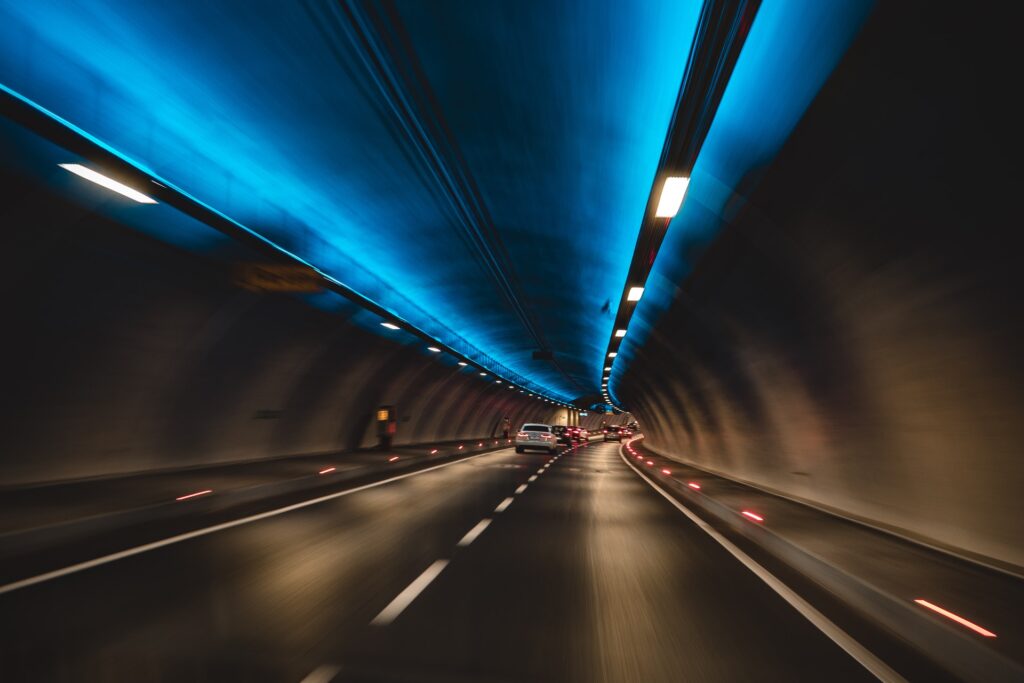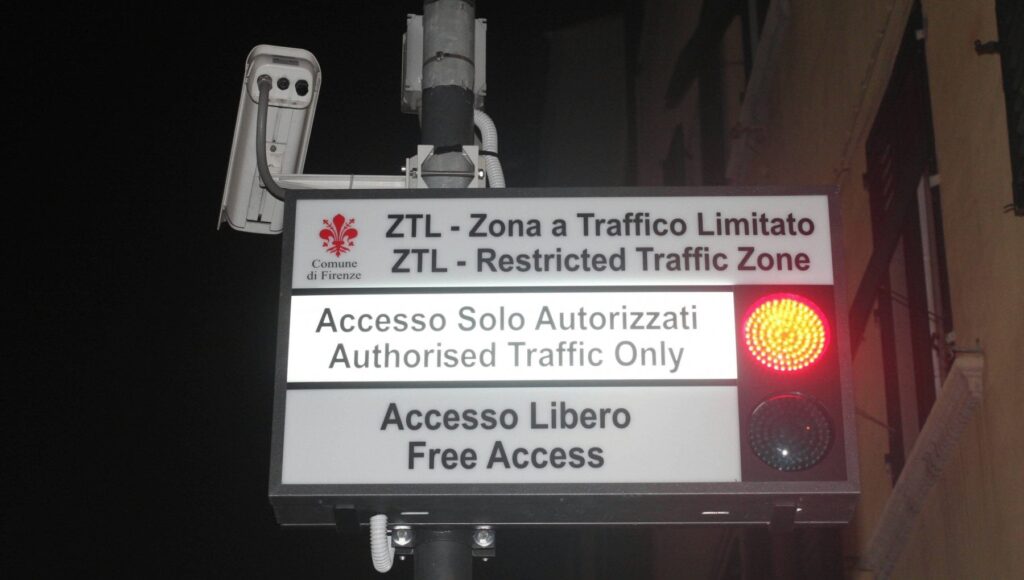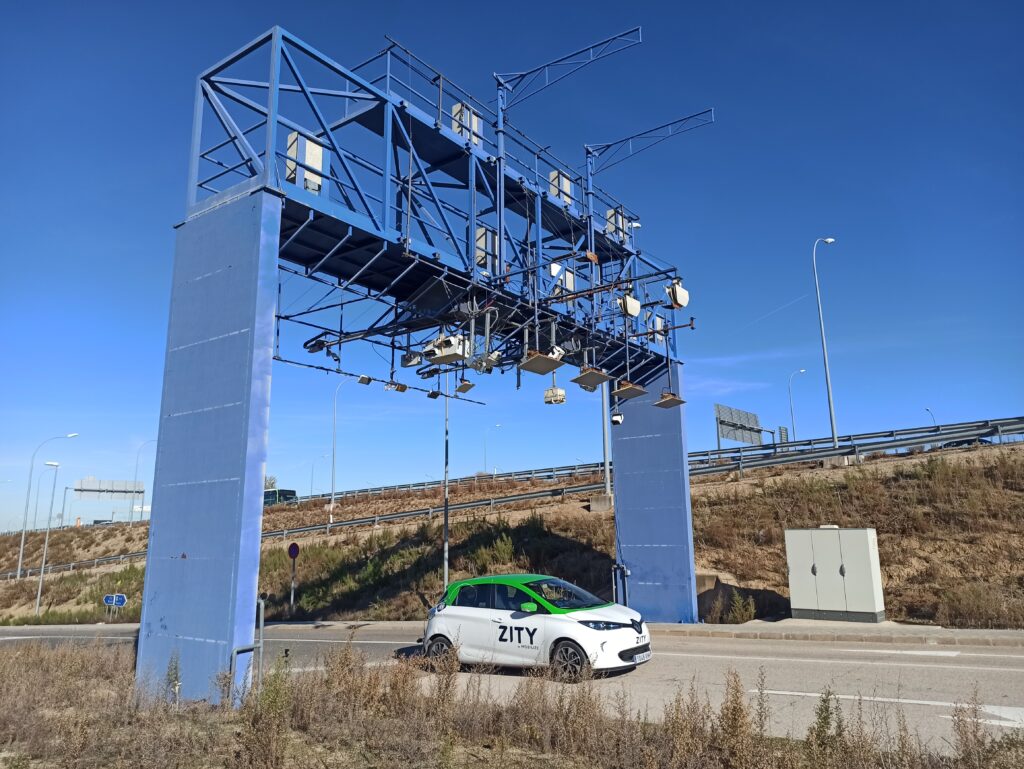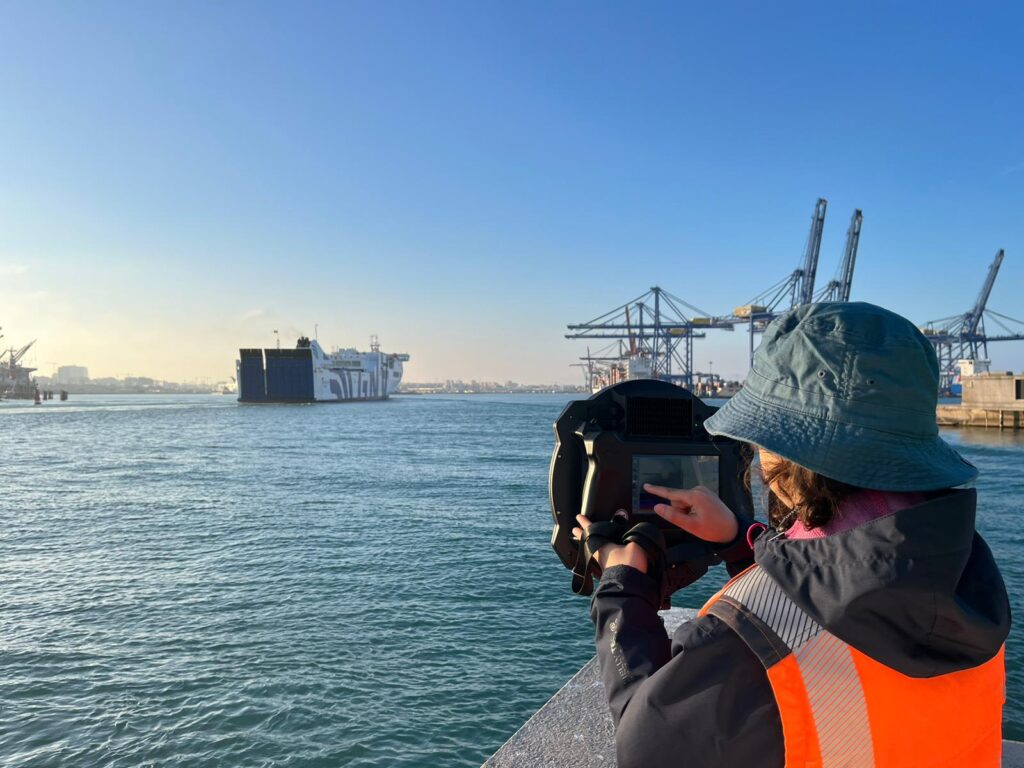Demo
The Netherlands – Railway traffic noise
Advancing rail sustainability: Haaren’s pilot test pioneers noise and emission monitoring

The pilot test in Haaren in The Netherlands deployed and validated the effectiveness of NEMO’s innovative remote sensing devices, designed to autonomously measure noise emissions from rail traffic. This pilot was a part of the broader NEMO project, which identifies and mitigate high emission sources to improve air quality and reduce noise pollution across the EU.
The pilot involved the deployment of two noise and emissions monitoring and radical mitigation prototype systems along the railway line between Tilburg and Boxtel in the Netherlands. Over a period of 165 days, these systems autonomously registered more than 25,000 trains, encompassing approximately 290,000 individual wagons/train units and about 1.1 million axles. This comprehensive data collection was instrumental in analyzing sound emissions and other key parameters, with disturbances such as train encounters and background noise being meticulously filtered out to ensure the integrity of the data.
The noise remote sensing systems were equipped with an array of sophisticated sensors and equipment. This included microphones for sound measurements, rail sensors to determine axle patterns and detect wheel flats, RFID readers for wagon identification, high-speed cameras for capturing UIC number imprints and brake type labels, and a weather station to record environmental conditions. All these components were housed in a durable measuring cabinet, designed to withstand the rigors of long-term outdoor deployment.
The data analysis process was equally robust, involving pre-processing of sensor signals, generation of third octave spectra, and calculation of levels at fine time intervals. This allowed for a detailed examination of various factors such as wheel tread irregularities and the effectiveness of rail grinding over time. The results of the pilot test are expected to contribute significantly to the project’s goal of radically reducing rail noise and emissions, thereby enhancing the quality of life for communities near railway lines and promoting the sustainability of rail transport.
Solutions
Solutions used in this demo
All our demos
Europe demonstrates solutions
There will be four real-life demos around Europe, each with a different focus



